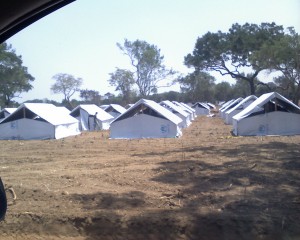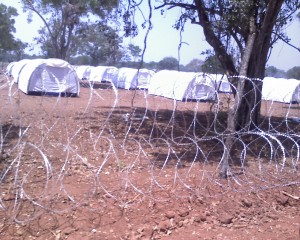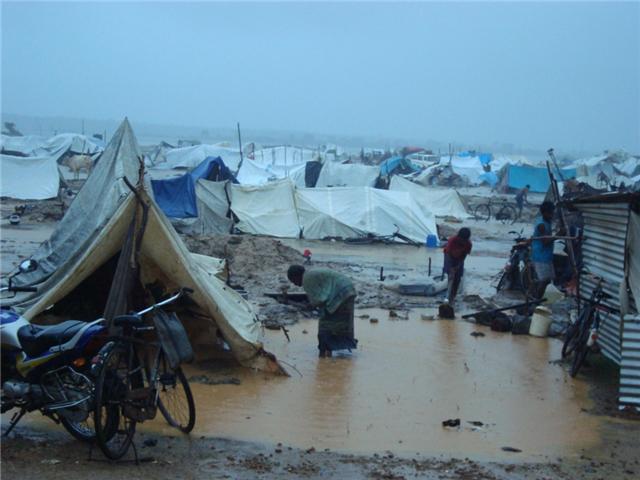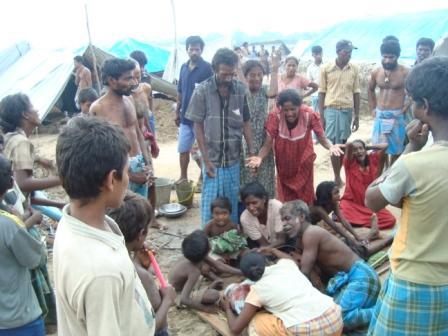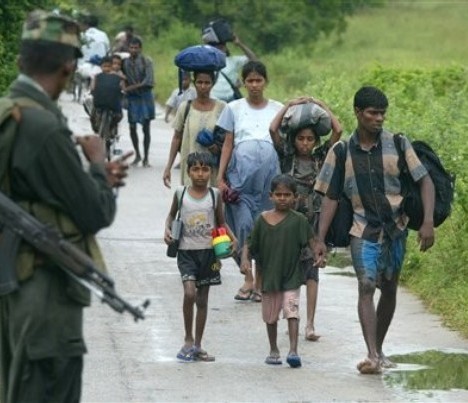Two book reviews I’ve done on netroots related stuff that may be of interest to CT readers.
First, a “review”:http://www.prospect.org/cs/articles?article=do_the_netroots_matter for _The American Prospect_ of Eric Boehlert’s and Matthew Kerbel’s books on the netroots.
But the netroots’ discomfiture isn’t mere pique. Nor is it simple anger that Obama has broken his promises to roll back the security state that developed over the previous eight years, although this is surely important. The real worry for the netroots is that Obama is undermining their particular blend of online politics. He has taken the parts of netroots politics that he likes (online organizing and fundraising), while dumping the parts that he doesn’t (a strongly confrontational politics and emphasis on bottom-up decision making). There isn’t much room for the netroots and vigorous online partisanship in Obama’s plans for the future of the Democratic Party.
I think I would modify this a bit now, given the interesting stuff happening around pressure to keep the public option in healthcare reform, but would still stick by my fundamental claim about the basic tensions between the administration and netroots and their allies.
Second, a piece for “Times Higher Education”:http://www.timeshighereducation.co.uk/story.asp?sectioncode=26&storycode=407101&c=1 on Matt Hindman’s book on digital democracy.
bq. As his book title suggests, Hindman puts paid to some of the most pernicious myths of democracy and the internet. Lazy libertarian arguments that the internet was going to create radically empowered individuals, an “army of Davids” that would topple government and so-called “mainstream media” with a few well-aimed missiles are simply unsustainable. So, too, are some of the hazier left-wing claims about how the internet would foster “extreme democracy”. The internet is creating new forms of social organisation, but they have their own kinds of hierarchy. And in many cases the old hierarchies are co-opting the new ones. In the US, traditional media and think-tanks are hiring prominent bloggers. Few major bloggers are still independent, and those who are, are mostly trying to create their own miniature media empires. Still, stupid claims for the democratic benefits of technological pixie dust may be too tempting a target. Hindman’s focus on the bad arguments of internet evangelists leads him to make some over-reaching claims of his own.
Comments or criticisms welcome on either or both …
